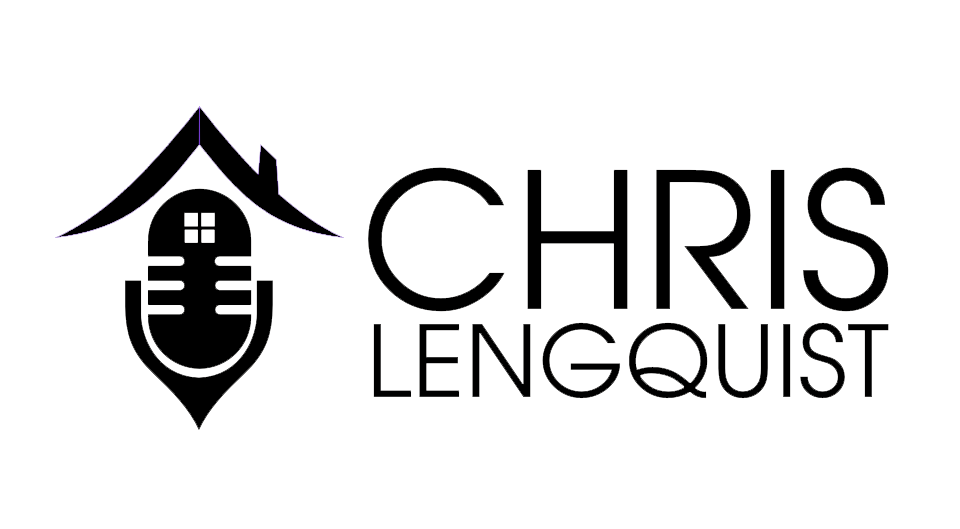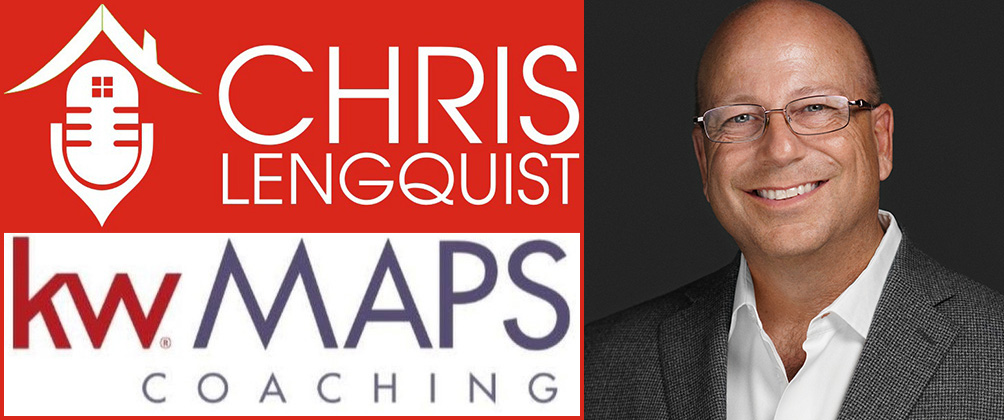In a recent post we talked about calculating your Net Worth. If you need to go find that, start there and jump on back when you’re done. Because now we are going to talk about planning your retirement net worth by “closing the gap” between your current Net Worth and your chosen Net Worth.
Setting Your Net Worth Goal
Here are a few steps to take to determine your Net Worth goal. Your goal may not be easy to determine just yet and it is certainly not written in stone. As the years go by you can alter your goal based on how you are progressing, new realities and information you may have gained over the years.
- What age will you retire?
- How long will you live?
- What income will you need?
- What will your social security be? Figure that out here.
- What ongoing income will you have? (Think pensions, rental property income, disability income, etc.)
- Figure out your Net Worth necessary to last your remaining lifetime to accomplish a Retirement Worth Having.
You Have to Decide
That sixth point of figuring out your Net Worth needed can be tricky. Are you using the 4% rule? Not sure what that is? Take a deep dive here. But for ease of planning, and certainly for this exercise, let’s say that you’ll need $1,500,000. If you need less, adjust. If you need more, adjust. But let’s use $1.5M.
TIP: Don’t be overwhelmed right now. Do what you can. Attempt to figure it out as you go. Remember, it’s the journey. Your plan/goal is always subject to change.
“Plans are worthless, but planning is everything.”
Dwight D Eisenhower, 5 Star General, President and Kansas boy.
Fictional Scenario
Let’s say you are 42 years old, wish to retire at 65 and you currently have a net worth of $187,500. Your net worth includes your house, of course. Based on that alone, $1.5M looks a long way off, right?
The “gap” is $1,312,500.
$1,500,000 – $187,500 = $1,312,500
So let’s figure this out. You have a little over 22 years till 65 is part of your life. One way to look at it is to take $1,312,500 and divide it by 22 and you’ll see you need to accumulate $59,660/year on top of all the other money you spend already. That may be a tall order. But let’s look at this a little differently.
Go to the Dave Ramsey Retirement Calculator. It’s easy to use, simple to understand and fun to play with as you run different scenarios. I’m going to say that some how, some way you figure out how to take that latest raise or stop spending money on silly stuff or by any other method necessary and you started saving/investing $1,000/mo into some investment vehicle that would get you an average return of 7.5% a year. (Note: 7.5% is not a guarantee. You can play with the calculator at any rate you choose, but I think it’s reasonable for planning purposes.)
Here is what would happen for you… Go ahead. Give it a try.

YOU WOULD EXCEED YOUR GOAL!!!!
Please Notice
Please notice the three buckets of money that are listed. Your initial balance of $187,500… where you are today. Then you contributed $276,000 at $1,000 a month. THE POWER OF TIME. The sooner you start, the better off you’ll be. And growth! Play with an 8% return, or a 6%. Adjust as you see fit.
In my thinking, I would be doing more than $1,000 a month as I progress towards my goal, even after adjusting for inflation. And this will help to offset what will surely happen to the value of $1.5M as years of inflation takes it toll. And heck, if inflation goes back to the target 2.5% and I earn 10% on my returns (an average between all my investments in this make-believe scenario) then that 7.5% I used already covers inflation!
Now look, none of these numbers are guarantees. And I’m not a professional investment advisor. But I can do math. And I can check on my finances a minimum of one time a year and then adjust accordingly. How about you? Then go ahead an put it in your calendar as a recurring event.
Your future self will thank you.
NOTE: There are a lot of “But what abouts?” and nuances in your planning. Still, get started today. Can’t start with $1,000 a month? Ok, I couldn’t either. Start with what you can. Again, you can adjust on the fly. If you wait till all scenarios are accounted for, well, good luck.




Trackbacks/Pingbacks